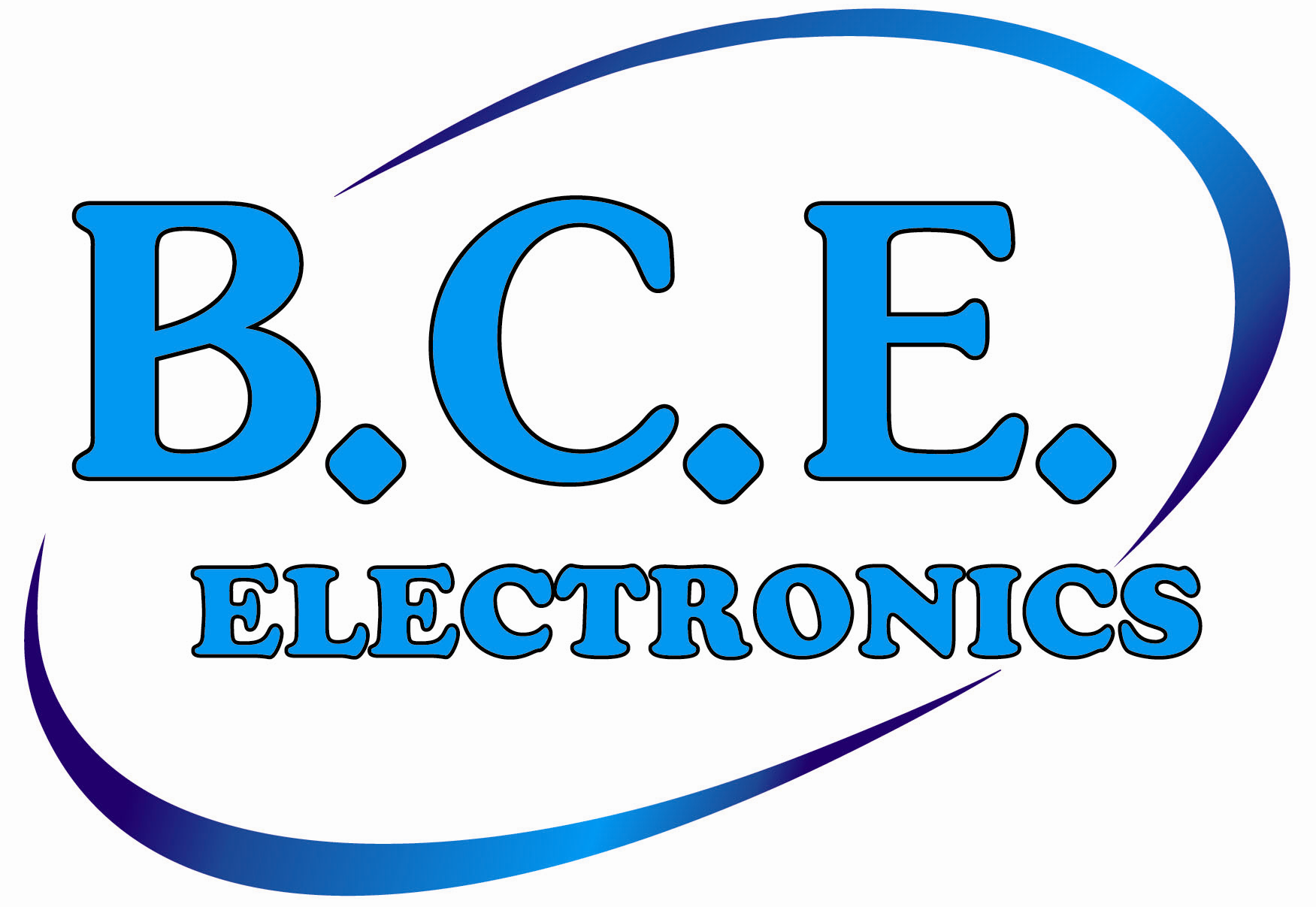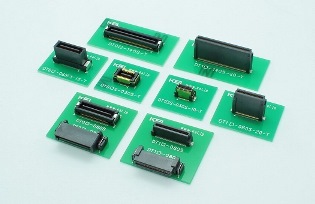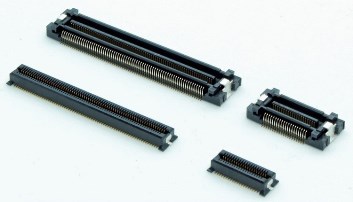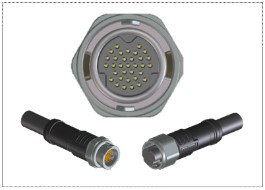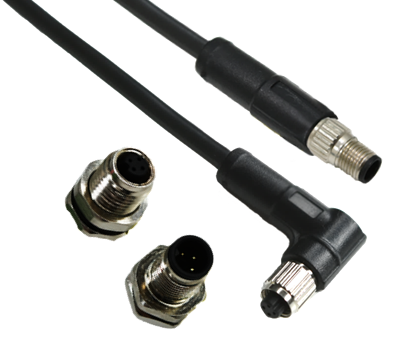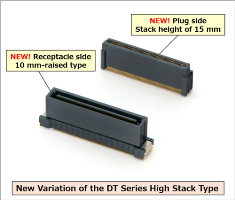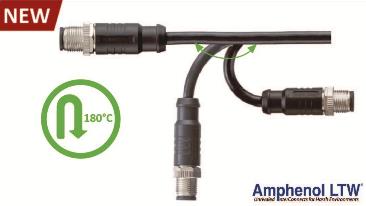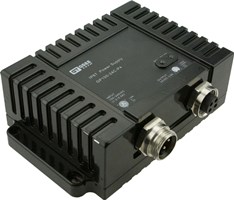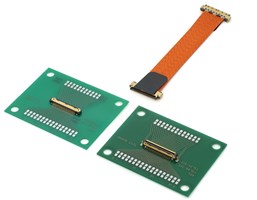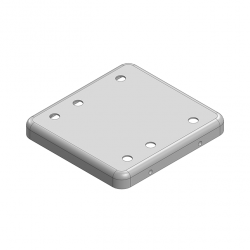Of 8 Gbps high speed transmission compliant achieve a high movable amount of ± 1.0mm in ! DT series high stack type ! The DT series floating connector with 0.5 mm pitch comply high-speed serial signal transmission equivalent with the SATA standard. The transmission characteristics meet all the requirements of SATA Rev 3.0. that is, […]
Announcement of new development. [high speed transmission, high temperature resistance and up to 140 pins are available] 0.4mm pitch floating connector “DUS series” with 3mm low stack height. KEL Corporation has developed the 0.4mm pitch floating connector “DUS series” that low profile height with a stack height of 3mm. The main feature is the stack […]
Ultra High Density Connectors High-Performance for Signal and Data Trasmission ALTW’s UHD (Ultra High Density) technology enables the integration of highest pin counts in all existing rugged circular connectors for applications space constraints but also high speed and high reliability transmission such as M8, M12, X-Lok, Ceres, RBL, M23, etc. M8 Connector […]
M5 Series Small and Lightweight, Big Impact Connectors The upcoming M5 Connectors are the smallest and lightest connectors from M series suitable for miniature sensor and other applications with extreme limitation in space. These screw locking threaded connectors meet the IEC 61076-2-105 standard and are available in preassembly overmolded straight, right angle, and receptacles from […]
We have developed the 2.0 mm pitch, small-size, waterproof connector ‘FWS Series (relay type). The ‘FWS Series’ is our 2nd waterproof connector following the ‘FW Series.’ While being compact its protection rating against the ingress of foreign matter into the electrical enclosure satisfies IP67, which is dust tight and has excellent waterproof performance. The most […]
KEL has newly developed a stack height 25 mm type of 0.5 mm pitch floating connector “DT series” for high speed transmission. “DT series” is a variation of the floating connector that KEL is focusing on. In December 2019, we developed a stack height of 30 mm for the series. This time, we additionally developed […]
HIGHLY FLEXIBLE CABLES For Constant Moving Applications Amphenol LTW provides highly flexible cables for constant moving applications. Ideal for modern automated manufacturing systems. – Recommended connectors series: M8, M12, X-LOK, Ceres, USB, RJ45 – Bending standard: TÜV 2 PFG 2577 Class II – Flexible test: 6 Million Cycles (S≤4mm²) – 90° Bending test: 1 Million […]
Tianjin Geneuo Technology Co., Ltd. (GSEE Technology) lauch GP100 series – IP67 protection grade high quality switching power supply In the field of industrial automation, a high-quality power supply is the foundation to support the operation of all equipment. Stable power supply can ensure the normal operation of key equipment. Aiming at high-end intelligent manufacturing […]
<Development concept “NeGSSUC”> TSL series was developed as a next-generation coaxial harness that supports high-speed transmission in response to new AWG#36, 500mm technological innovations such as 5G IoT AI with the development concept of “NeGSSUC = Next Generation Super Speed Micro (μ) Coaxial Connector”. In order to maximize the performance of the connector, high-performance 32Gbps high-speed […]
Masach Introducing: MS213-10F | MS213-10C | MS213-10CP | MS213-10S Drawn-Seamless EMI/RFI Shields !! MS213-10C – Two-piece Drawn-Seamless EMI/RFI Shield COVER 21.7 x 20.3 x 2.5 mm CRS MS213-10CP – Two-piece Drawn-Seamless EMI/RFI Shield COVER 21.7 x 20.3 x 2.5 mm CRS MS213-10F – […]
